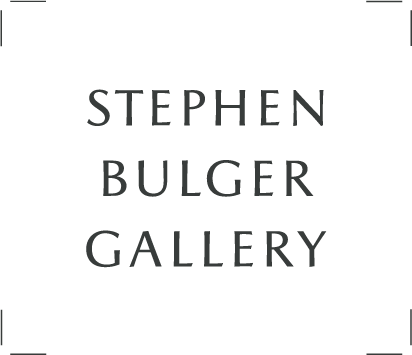Exhibition Dates: February 28 - April 3, 2004
Opening reception for the artist: Saturday February 28, 2 – 5 PM
In participation with the Arriscraft Lecture Series, Volker Seding will be presenting a lecture on his architectural photographs
Thursday February 26, 2004 at 7 PM
University of Waterloo School of Architecture, Green Room 286
Born in Berlin in 1943, Volker Seding immigrated to Canada in 1966. Trained in cinematography and photography, he has put both of these talents to good use as a filmmaker, and, for the last 25 years, as a prolific photographer. His work has been exhibited widely across North America and can be found in numerous important institutions and private collections, including the Art Gallery of Ontario; Canadian Museum of Contemporary Photography; the Museum of Fine Arts, Houston; and the National Gallery of Canada.
His many different photographic projects are connected by a common aesthetic that is sculptural, precise, and always beautiful. In recent years, Seding has approached his subject matter from the vantage point of a witness. This is true whether we are viewing the incarcerated wild animals of The Zoo Portfolio, or sections of city blocks in the photographs of Mainstreets. His most recent series Facades presents the viewer with architectural facades from Toronto, New York, Paris, Venice, and Havana, amongst other locales. By drawing the viewer’s eye upward from our usual vantage point to the oft unnoticed second and third stories, Seding forces us to reconsider our typical visual complacency.
These buildings are imbued with personality. Each one is both a visual record of the history of the street and the city it inhabits, as well as a moment frozen in time. It is the tension between these two opposites – the motion of passing time and the stillness of a photograph – that makes Seding’s work so intriguing. Through his lens, the world around us seems shifted to a different plane of focus, where the features are recognizable, and yet they take on a different meaning than our naked eyes alone would grant us.
“The hidden plotline is a story called modernism and when the Toronto photographer’s images are shown en masse they lock to a grid that owns up to that history. The grid and the common architectural elements belie the differences between the images. Each articulates a unique sense of atmosphere and culture. New York feels austere; Havana, delicate and worn; Toronto, skewed and dark – thoughts of place that settle down into the texture of brickwork, the quality of light and the glimmer of interior spaces that lie behind the windows… With their decay, neglect and wayward impositions they seem like survivors. They bear witness to once having been imagined as something grander than what they have become.”
Richard Rhodes
Canadian Art, Summer 2003. pg. 70


